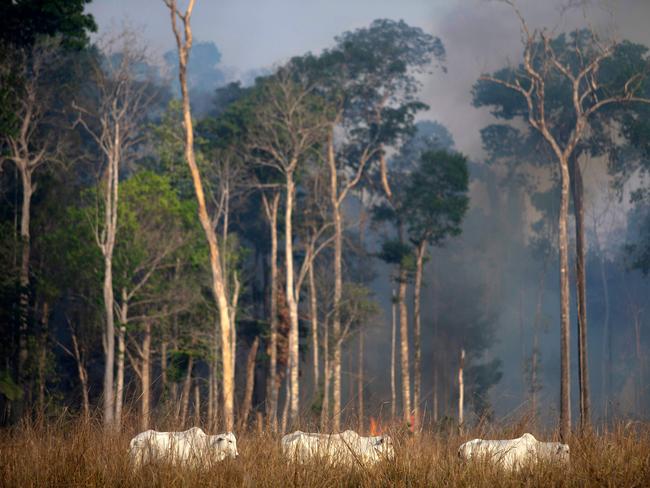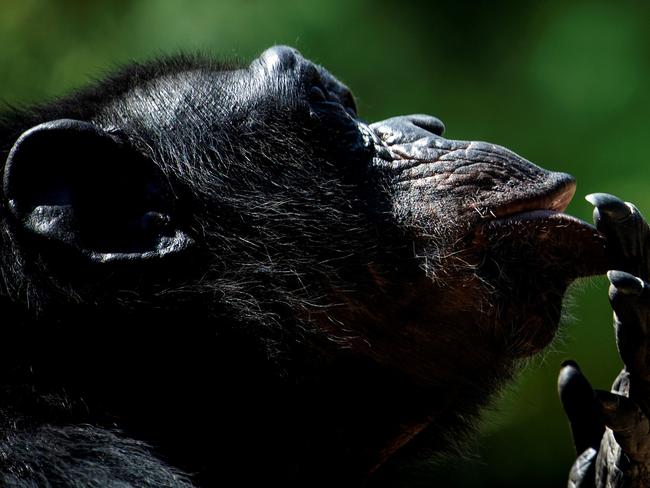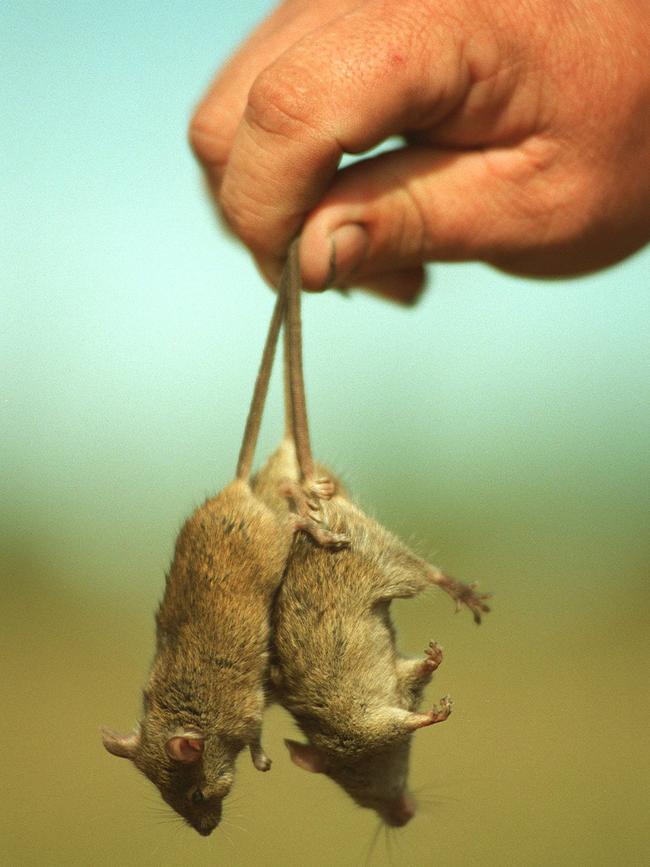Talking Point: Warnings by virus hunters were ignored and now we are paying
Mice plagues, bushmeat and vast forest clearing — pandemics are always in the wings, and while this pandemic was a surprise, it shouldn’t have been, explains Martyn Goddard.

Opinion
Don't miss out on the headlines from Opinion. Followed categories will be added to My News.
THIS pandemic was a surprise. It should not have been.
Decades of warnings from people working with emerging diseases — the virus hunters — were ignored, with appalling results. Most governments, including ours, had done almost nothing to prepare.
In 1952, land reform in Bolivia ousted rich cattle barons and gave the land to poor farmers. But when the former owners left, the river steamships — and any means of getting beef out and other items in — went too. So the forests had to be cleared to provide space to grow things other than beef.
In doing so, they disturbed the habitat of a field mouse and provided it with a huge new supply of food, grain crops. The mouse population exploded and hordes of mice invaded local villages, bringing with them a new virus. And so began the first epidemic of Bolivian haemorrhagic fever, which had a mortality rate of 5 to 30 per cent. About 20 per cent of the local population died before the source was identified and prevention measures could begin.
Three decades earlier and half a world away, another virus, this time infecting chimpanzees in equatorial Africa, mutated and jumped into the local human population, who lived partly on bushmeat, including from great apes. There it remained, causing local disease and deaths but unnoticed by the rest of the world, until population pressure and commercial development opened up the area to the outside.

That virus was finally noticed not in Africa but in New York, Los Angeles and San Francisco in 1981. It became known as the human immunodeficiency virus, HIV, and has since killed more than 35 million people. Even now, more than 700,000 die each year.
The list of new infectious diseases that have crossed from animals to humans, they’re called zoonoses, is long and deadly. The common factor binding most of them is that they are the product of human activity blindly transforming natural environments, from the massive destruction of forests in the Amazon to road-building in Africa and Asia.
As the global population grows, the need for space and food means the remaining natural world is invaded, often with unpredicted and catastrophic results, not just for the animals and plants directly affected but for the entire human population. In the past half-century, many hundreds of millions of people have been lifted out of poverty, but as diets change from plant to animal protein, there is a cost.
According to the United Nations Environment Program, meat production has risen since 1960 by 260 per cent, milk production by 90 per cent and eggs by 340 per cent. To meet this demand, vast areas of biodiverse tropical rainforest have been devastated, upsetting the ecological balance and bringing humans into contact with wild animals and their diseases. Intensive livestock farming of pigs, cattle and poultry provide incubators for zoonotic disease.
Hunting of wildlife and the sale of live animals has ignited many diseases which either infect humans or destroy vast numbers of livestock, or both. In West Africa, highly profitable commercial wildlife hunting has increased massively in the past decade alone. Bushmeat is becoming a luxury product.

COVID-19 demonstrates how lethally unprepared most of the world has been to confront the pandemics we ought to have expected. Not everyone, though, was taken by surprise.
China, Taiwan, Singapore and South Korea were all hard-hit by SARS in 2003. All realised that their public health systems were inadequate and made major improvements while the rest of the world slumbered.
Public health bureaucracies were transformed and laws updated. Governments found the money to build new infectious diseases hospitals and isolation facilities. Research and surveillance capabilities were brought into the 21st century. Although these nations were on the front line of the new pandemic, their death rates were among the world’s lowest — 3 per million in China, 5 per million in South Korea and Taiwan 0.3.
Tasmania’s death rate is 25 per million and Victoria’s 46 and rising.
Australia is now painfully learning what the nations of east Asia learned back then. Our disease control and prevention capabilities have been exposed as dangerously inadequate.
Australia has no overarching expert authority like the centres for disease control that exist in all these countries. Our response has been fragmented, reactive and — as with the Ruby Princess, North-West Tasmania and in the Melbourne quarantine hotel cases — plainly incompetent. With a better system and more investment, outbreaks in aged care homes, meatworks and improvised quarantine facilities would have been either diminished or prevented altogether. The failure to test, detect and manage outbreaks in the early stages — crucial in any epidemic — has cost far too many lives, far too much suffering and far too much economic loss.
The next pandemic will be different from this one. It will require its own response. But the fact that it will happen is beyond dispute.
Hobart’s Martyn Goddard is a health policy analyst.


